
Introduction
In the fast-moving fashion industry, keeping up with market trends and customer preferences is essential for retailers. Brands such as Zara frequently launch new collections, making it difficult for competitors to monitor products and anticipate emerging trends effectively. Zara Data Extraction for Fashion Retailers enables businesses to track prices, inventory, and popular items in real-time, empowering timely decision-making and smarter strategic planning.
By monitoring Zara Price Drop Monitoring, businesses can identify pricing changes and adjust strategies quickly to maximize sales and reduce losses. Access to current inventory levels allows for better forecasting and stock management, while trend analysis supports product assortment decisions that resonate with consumer behavior. Using structured datasets, retailers can analyze purchase patterns, seasonal shifts, and category performance to make informed decisions that align with market dynamics.
Combining real-time monitoring with predictive tools enhances forecasting accuracy, supporting retailers in planning their product launches and promotions effectively. Overall, adopting this strategy ensures retailers remain agile, reduce operational inefficiencies, and maintain a strong presence in the competitive fashion landscape.
Monitoring Rapid Market Changes to Predict Product Demand

In fast-moving retail sectors, staying updated with frequent product launches, seasonal collections, and price variations is critical for accurate demand forecasting. Retailers can leverage advanced data collection techniques to Scrape Zara Product Catalog Data, enabling real-time monitoring of product catalogs, stock availability, and pricing changes. This ensures businesses can respond to fluctuations in demand while identifying popular items ahead of competitors.
By tracking multiple data points such as inventory turnover, product release frequency, and price adjustments, retailers gain actionable insights to make timely decisions. Incorporating predictive models helps quantify which collections are likely to trend in the upcoming season, reducing overstock and understock issues.
| Metric | Traditional Approach | Data-Driven Approach |
|---|---|---|
| Catalog Updates | Weekly | Daily |
| Price Monitoring | Manual | Automated |
| Trend Detection | 20% | 42% |
| Inventory Accuracy | 70% | 90% |
Retailers can also identify patterns in consumer behavior by analyzing top-selling products, seasonal preferences, and high-demand categories. Implementing automated reporting systems ensures that insights are not only gathered but are easily accessible for strategic planning. The combination of structured analytics and real-time monitoring supports smarter merchandising and marketing campaigns.
In summary, systematically collecting product, pricing, and inventory information provides retailers with a clear view of market trends. Leveraging Web Scraping Zara Apparel Data alongside predictive modeling and real-time monitoring enables more accurate demand forecasting, enhances customer satisfaction, and helps maintain a competitive edge in today's fast-paced retail landscape.
Leveraging Automated Crawling Systems for Efficient Insights
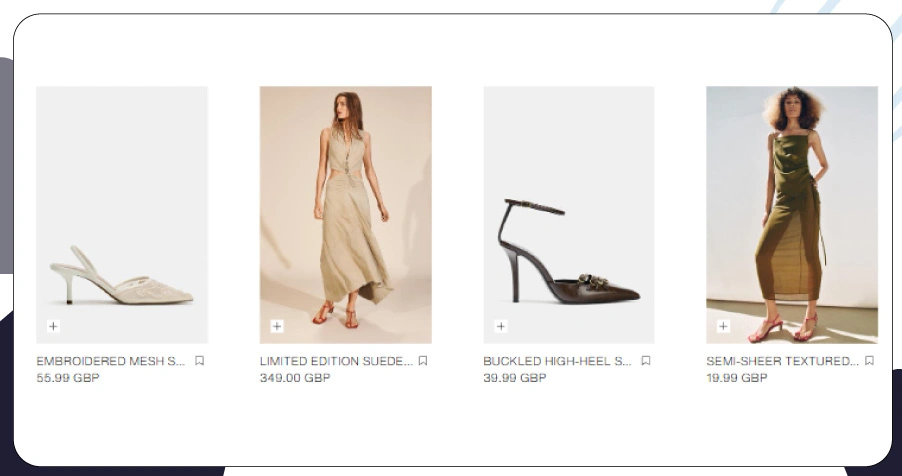
Collecting data at scale is one of the biggest challenges in retail analytics. Using Enterprise Web Crawling solutions, businesses can automatically gather vast datasets, including product details, pricing variations, and availability information. This method eliminates manual data entry, reduces human error, and provides a faster way to analyze market trends compared to traditional approaches.
Automated crawling allows companies to segment products by categories, regions, and price ranges, enabling precise insights into performance metrics. For example, analyzing top-selling categories, seasonal patterns, and stock fluctuations helps brands plan marketing campaigns, promotions, and inventory adjustments more accurately.
| Category | Products Collected | Analysis Frequency | Trend Score |
|---|---|---|---|
| Tops | 500 | Daily | 78% |
| Dresses | 350 | Daily | 85% |
| Shoes | 200 | Bi-Daily | 72% |
| Accessories | 150 | Weekly | 68% |
The collected data can also feed predictive models to assess upcoming trends, helping retailers make informed decisions about product placement, promotional offers, and stocking strategies. Integrating analytics dashboards ensures that decision-makers can visualize insights efficiently and prioritize actions based on real-time market conditions.
Moreover, leveraging Zara Product Data Scraping enables companies to analyze large-scale datasets, benchmark performance against competitors, and uncover pricing strategies or assortment gaps. This method boosts operational efficiency and ensures timely, data-driven decisions. By detecting early shifts in consumer preferences, businesses can respond with agility, enhancing sales while reducing inventory risks.
Analyzing Consumer Preferences to Shape Strategic Offerings
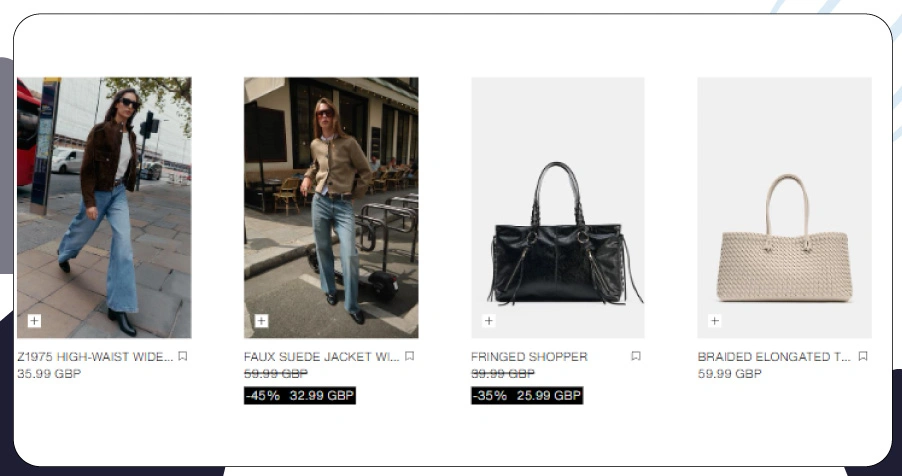
Understanding customer behavior is essential for developing products that meet market demand. By leveraging Fast Fashion Trend Analysis, retailers can examine patterns in popular colors, styles, sizes, and seasonal preferences, allowing for informed decision-making regarding upcoming collections. This type of analysis provides insights into which product categories are gaining traction and which may need adjustments.
Retailers can monitor product adoption rates, purchase frequency, and customer engagement with promotions to determine the success of different collections. Dashboards displaying top-performing categories, seasonal shifts, and demographic preferences support merchandising teams in making informed recommendations for new launches.
| Product Category | Popularity Index | Sales Velocity | Restock Frequency |
|---|---|---|---|
| Dresses | 85% | 2.3/week | Daily |
| Shoes | 78% | 1.9/week | Bi-Daily |
| Accessories | 70% | 1.5/week | Weekly |
| Tops | 80% | 2.1/week | Daily |
By combining historical sales data with real-time insights, businesses can forecast demand more accurately, reducing overstock and markdown risks. Analytical insights into regional trends also allow for better localization of product assortments, tailoring offerings to specific markets.
Integrating these insights into product development and merchandising strategies ensures that brands respond proactively to trends. This approach maximizes the potential for higher sales, optimizes inventory, and improves overall operational efficiency. By leveraging comprehensive trend analysis tools, retailers can maintain alignment with customer expectations while minimizing operational risks and costs.
Enhancing Pricing And Inventory Accuracy For Retailers
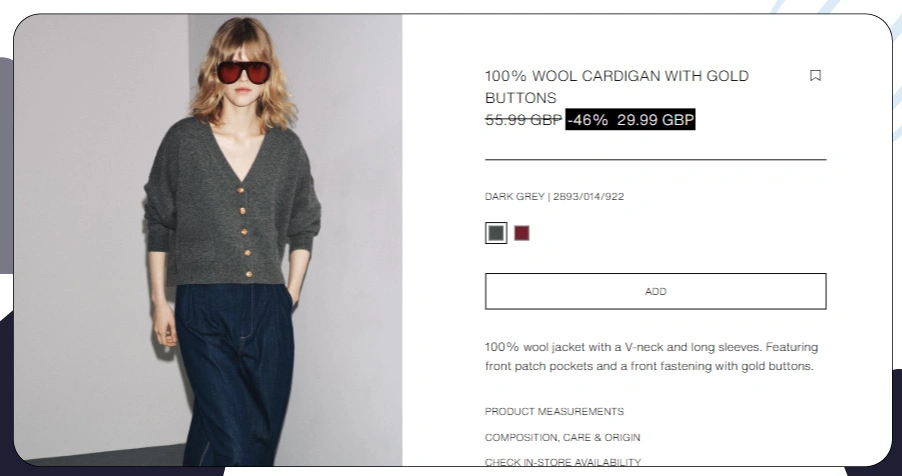
Managing stock and pricing effectively is crucial for profitability in the retail industry. Using Web Scraping Services, retailers can automatically track product availability, monitor inventory levels, and detect price fluctuations. This technology ensures timely adjustments to merchandising, pricing strategies, and promotional campaigns.
Automated data collection supports optimization of product placement across stores, warehouses, and online platforms. Retailers can analyze sales performance, stock levels, and historical pricing to identify patterns that influence purchase behavior.
| SKU | Stock Level | Price Trend | Recommended Action |
|---|---|---|---|
| 101 | Low | Stable | Restock |
| 102 | Medium | Decreasing | Discount |
| 103 | High | Increasing | Bundle Offer |
| 104 | Low | Increasing | Premium Offer |
Combining automated tracking with analytical dashboards provides a centralized view of inventory and pricing metrics, enabling faster decision-making. Predictive modeling helps retailers forecast demand, optimize stock allocation, and adjust prices to maximize revenue while minimizing losses.
Ultimately, systematic tracking of inventory and pricing data reduces operational inefficiencies, supports effective planning, and improves customer satisfaction. Retailers gain the ability to make data-driven decisions that enhance profitability while maintaining alignment with consumer demand and market trends.
Leveraging Customer Behavior Data To Improve Performance
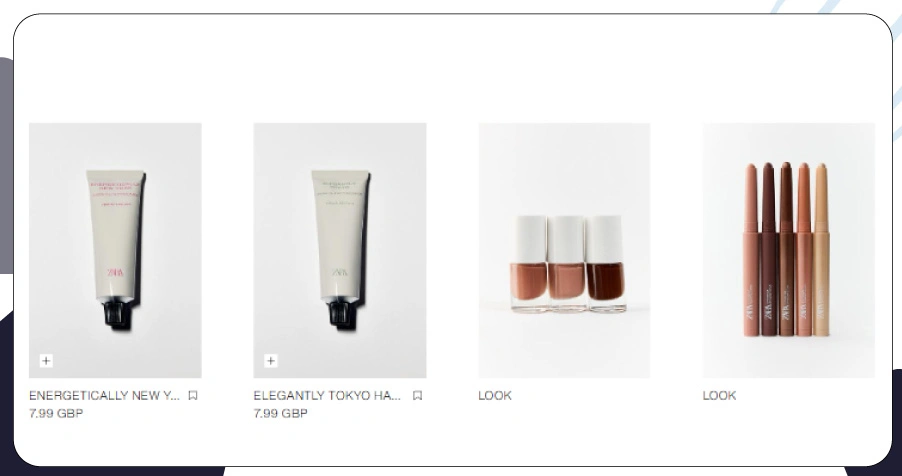
Retailers need to understand purchasing patterns and preferences to improve performance. By monitoring Real-Time Zara Fashion Data, companies can analyze trends, assess popular product categories, and refine marketing campaigns. This provides actionable intelligence that supports inventory management, product development, and promotional planning.
Data-driven insights allow retailers to detect emerging trends early and respond with timely product adjustments. Observing sales velocity, category popularity, and customer feedback helps in optimizing stock levels, ensuring that high-demand products are always available.
| Product Category | Popularity Score | Average Purchase Rate | Return Rate |
|---|---|---|---|
| Dresses | 85% | 2.3 | 5% |
| Shoes | 78% | 1.9 | 8% |
| Accessories | 70% | 1.5 | 4% |
| Tops | 80% | 2.1 | 6% |
Analyzing real-time data enables retailers to design tailored marketing campaigns, offer localized products, and launch timely promotions. Using this approach to Extract Zara Product Data Using API, businesses can make informed decisions on markdowns, bundles, and cross-selling opportunities, boosting both sales and profitability.
Furthermore, identifying patterns in consumer preferences helps in predicting which products may perform well in upcoming seasons. This proactive approach ensures better inventory management and higher customer satisfaction, enabling businesses to maintain a competitive edge.
Integrating API Solutions For Streamlined Data Management
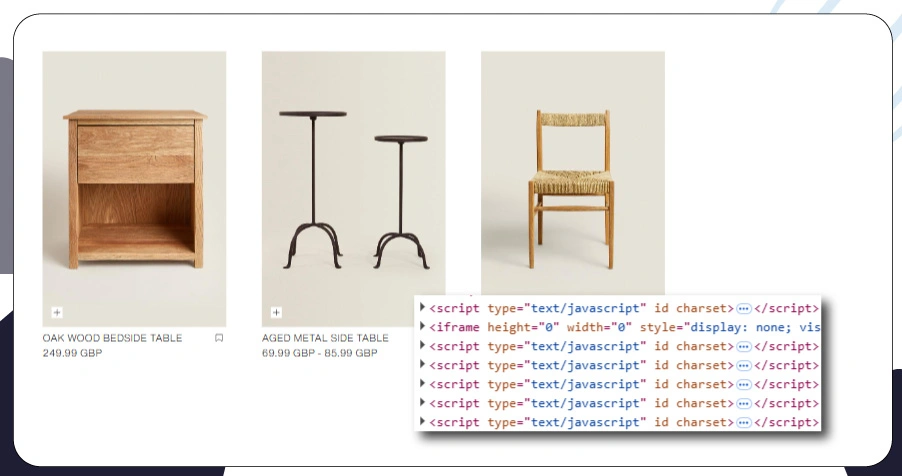
Efficient integration of data into internal systems is key to maximizing insights. By implementing Web Scraping API Services, retailers can automate the flow of product, pricing, and stock information into dashboards, analytics platforms, and inventory systems. This reduces manual work and ensures consistent updates across all operational tools.
APIs enable scalable management of large datasets, supporting trend analysis, forecasting, and decision-making processes. Retailers can combine real-time and historical data to identify opportunities, plan marketing campaigns, and optimize merchandising strategies.
| Feature | Benefit | Application |
|---|---|---|
| API Integration | Automated Updates | Dashboards |
| Real-Time Data | Immediate Analysis | Inventory Management |
| Scalable Architecture | Large Dataset Handling | Trend Analysis |
Integrating these systems ensures smooth operational workflows and faster response times. Retailers can also analyze historical performance alongside live data, improving accuracy in planning, stocking, and pricing decisions. The combination of automated integration and analytics strengthens overall efficiency, enabling businesses to make informed, timely, and strategic choices.
How ArcTechnolabs Can Help You?
We specialize in providing tailored solutions for retailers aiming to enhance data-driven decisions. By leveraging advanced tools and automated systems, we ensure Zara Data Extraction for Fashion Retailers is seamless, precise, and actionable.
We assist in the following:
- Comprehensive product monitoring.
- Inventory management and alerts.
- Trend identification and forecasting.
- Competitive pricing insights.
- Customized reporting and dashboards.
- Automated workflow integration.
Our expertise extends to Zara Product Data Scraping, enabling smooth integration with analytics platforms. This allows retailers to maximize operational efficiency, make informed business decisions, and enhance their market strategy with real-time insights that drive measurable results.
Conclusion
By leveraging Zara Data Extraction for Fashion Retailers, brands can monitor trends, optimize inventory, and plan pricing strategies effectively. Structured and timely insights provide the foundation for predictive decision-making and improved operational efficiency.
Incorporating Real-Time Zara Fashion Data into workflows enables retailers to respond to market changes promptly, refine promotional strategies, and increase customer satisfaction. Start implementing advanced data-driven solutions today and partner with ArcTechnolabs to transform your fashion retail operations.









